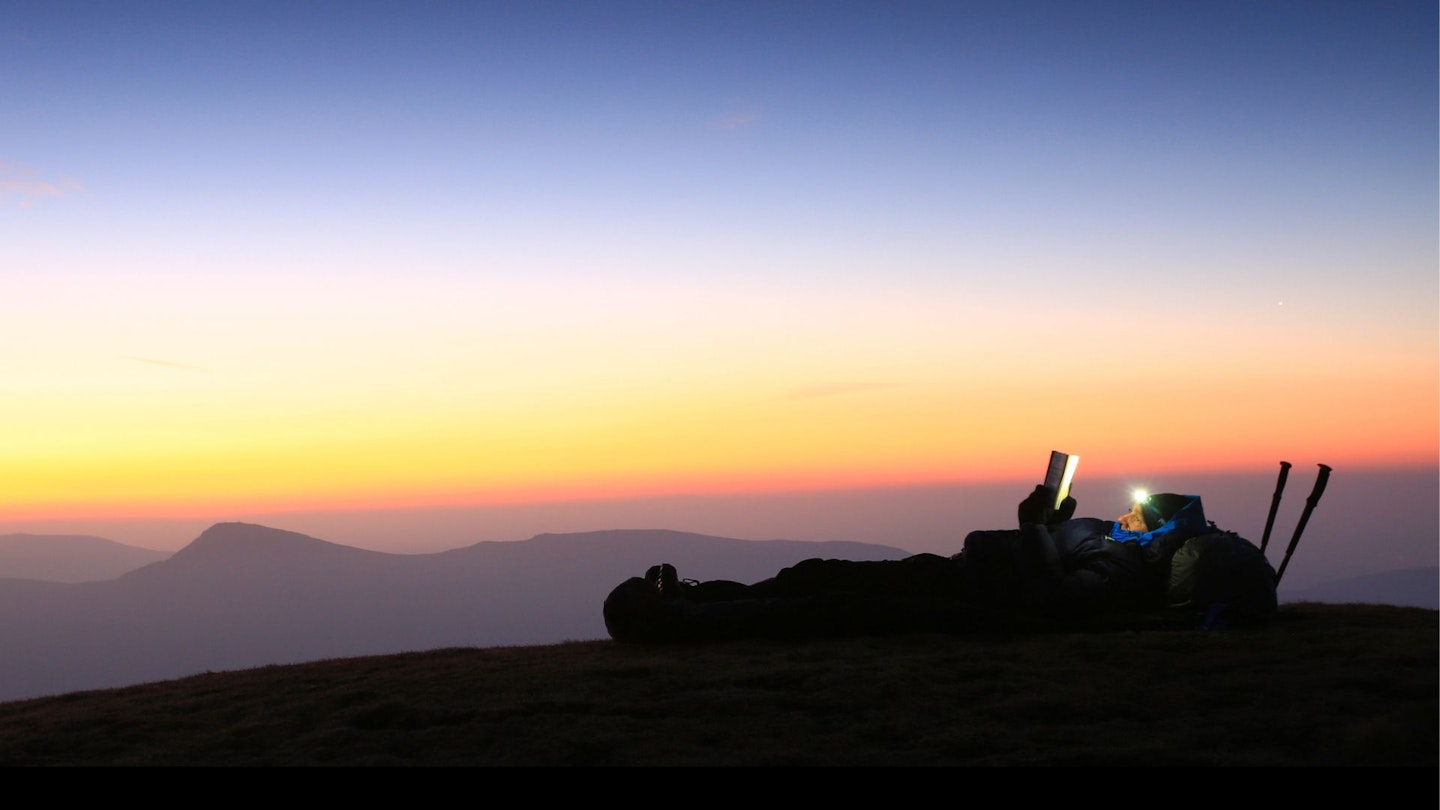Travel further, go faster and enjoy a more lightweight, minimalist overnight camping experience by stripping things back with a bivvy bag. But before you load your pack and head into the wilderness, here are some expert tips to set you off on the right foot.
While backpacking tents – particularly those designed for the lone camper – weigh significantly less than campsite behemoths designed for multiple occupancy, campers in pursuit of the ultimate in lightweight adventure know there’s only one way to go: the bivvy bag.
What is a bivvy bag?
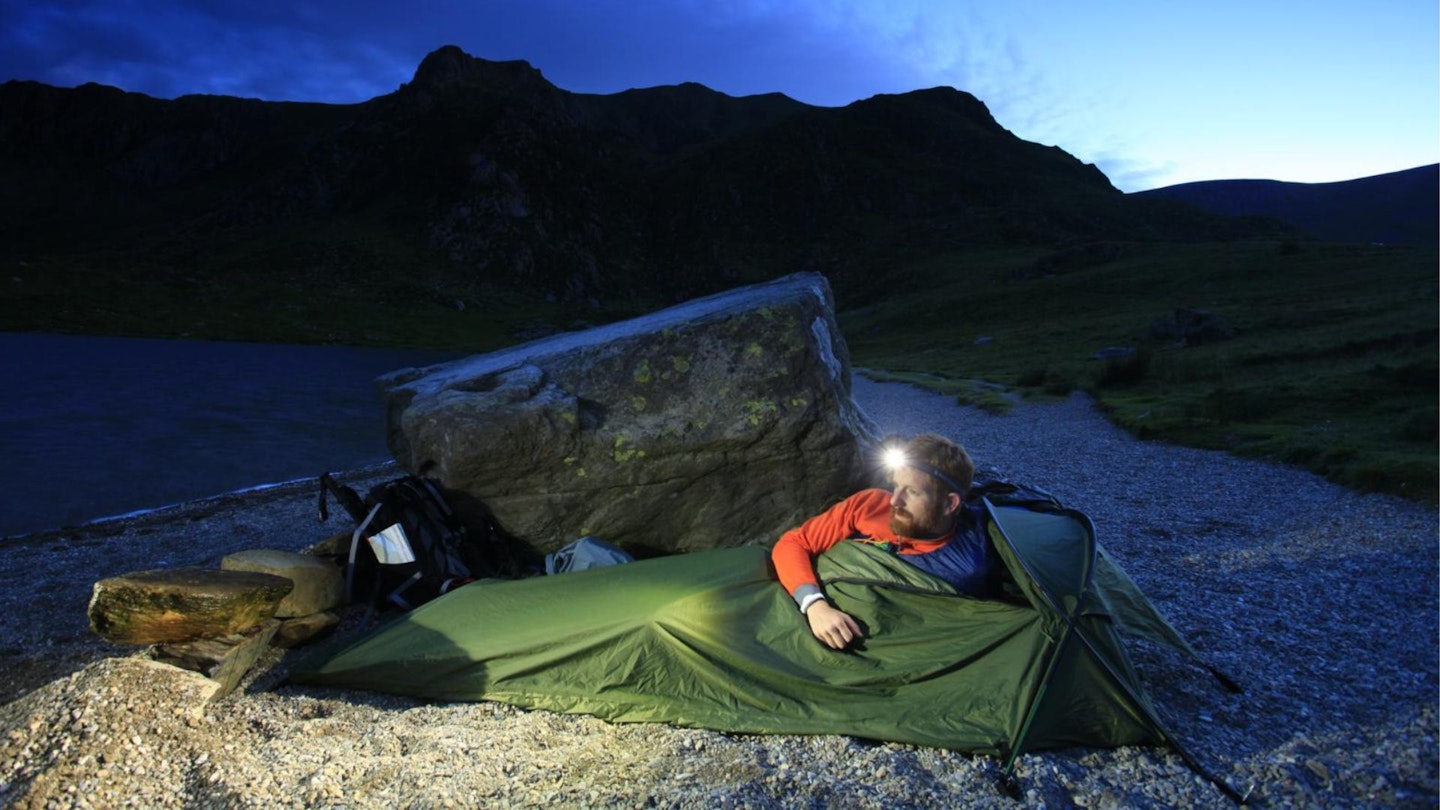
Bivvy users don’t mess about. They’re all about the stripped-down camping experience, using the most basic shelters – often just a waterproof sack, possibly combined with a protective tarp if they’re feeling extravagant. But this minimalist approach doesn’t have to be uncomfortable.
Spacious they are not, but a well-designed bivvy bag can provide an excellent little sleeping pod to use during your overnight outdoor excursions, and one that, despite its portability, still permits a perfectly good night’s sleep.
Of course, as with most outdoor adventures, bivvy bag camping does rely on having the right kit and a little bit of know-how to get the most out of your experience. Read on to find a selection of top tips and handy advice to help you bivvy like a pro (even if you’ve never done it before).
Related articles: Beginner's to wild camping | Beginner's guide to tarping
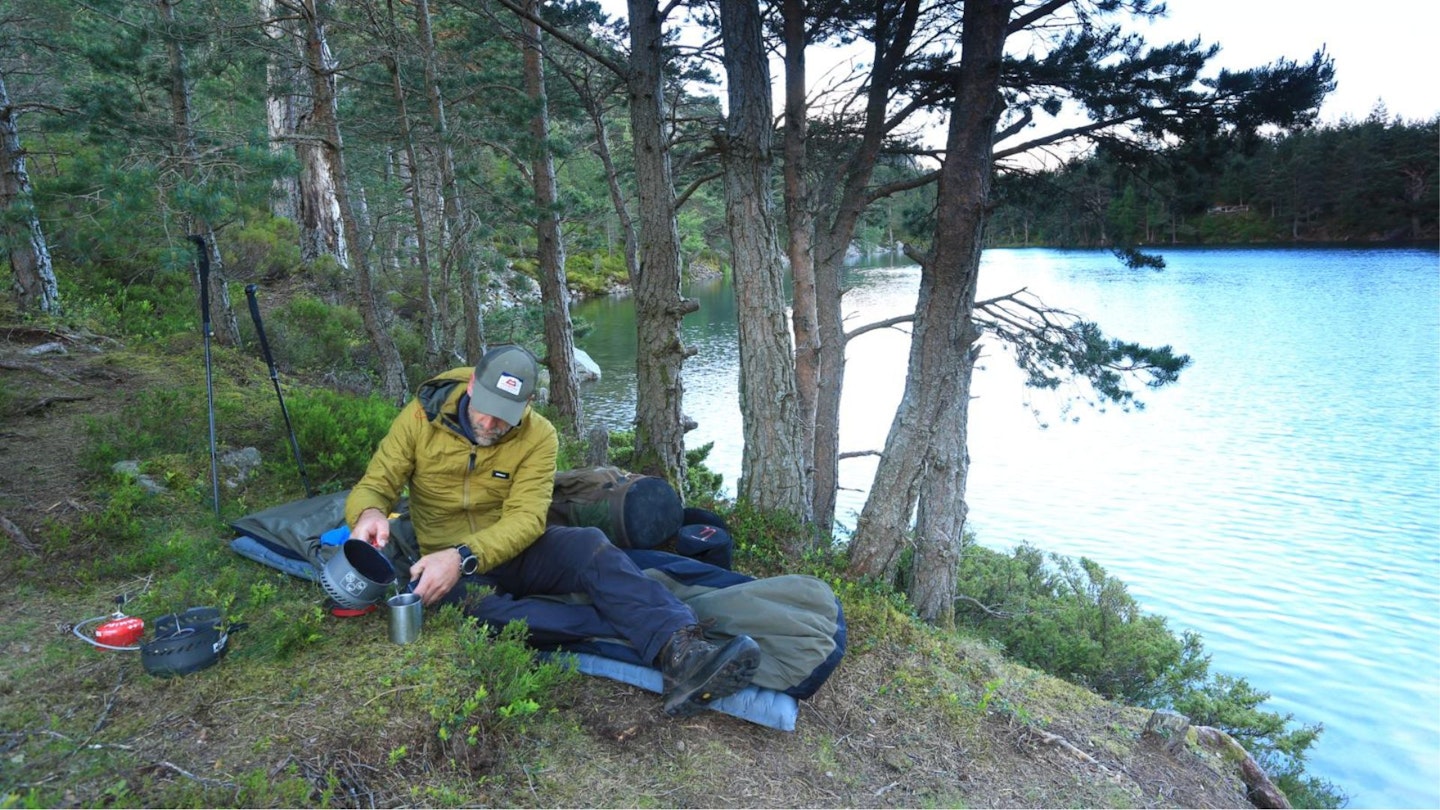
How to plan your perfect night bivvy bag camping
Just in case you haven't grasped it from the words and photos above, if you're planning to go bivvying you're also planning to spend a night outdoors without the comfort and security of a tent. So although bivvying is more straightforward than sleeping in a tent in the sense that you'll be carrying less kit, it's also the kind of trip you need to plan very carefully for. Here's what we suggest...
1. Check the weather
Do this on the day you’d like to go out, as well as 24 hours either side of it. You don’t want to get caught out in a weather system that has come in later or earlier than expected.
Bivvying in the rain is an acquired taste – trust us! So if you prefer to stay dry, keep a close eye on the weather forecast and aim for a settled spell.
A lightweight tarp can be a handy fallback if the rain does start to fall and it also gives you a sheltered spot to make a brew or have dinner.
2. Shave a few grams off your pack

Your shelter, sleeping bag, backpack and mat are the heaviest things you’ll need, so these are the best places to find big weight savings. Strip a few kilograms by investing in lighter equipment.
Also, think about what you DON'T need to take. Never scrimp on essentials like waterproofs or a first aid kit. But by sensibly filtering out non-essential items, like spare pants, socks, t-shirts, sleeping bag liner, sit-mat, cap, stove, mug, pillow, and deodorant, you can save a lot of weight.
You could also decant toiletries such as suncream into miniscule bottles, cut your toothbrush in half, and take a mini travel toothpaste.
3. Consider minimalist meals
Could you go stoveless and eat cold meals rather than cooking something hot? Focus on high-energy snacks, getting rid of surplus packaging; and planning your meal-by-meal consumption carefully, in line with your re-supply options.
4. Use a water filter
Instead of lugging around lots of (heavy) water, check your route for reliable water sources so you can plan to filter/purify and refill en route instead.
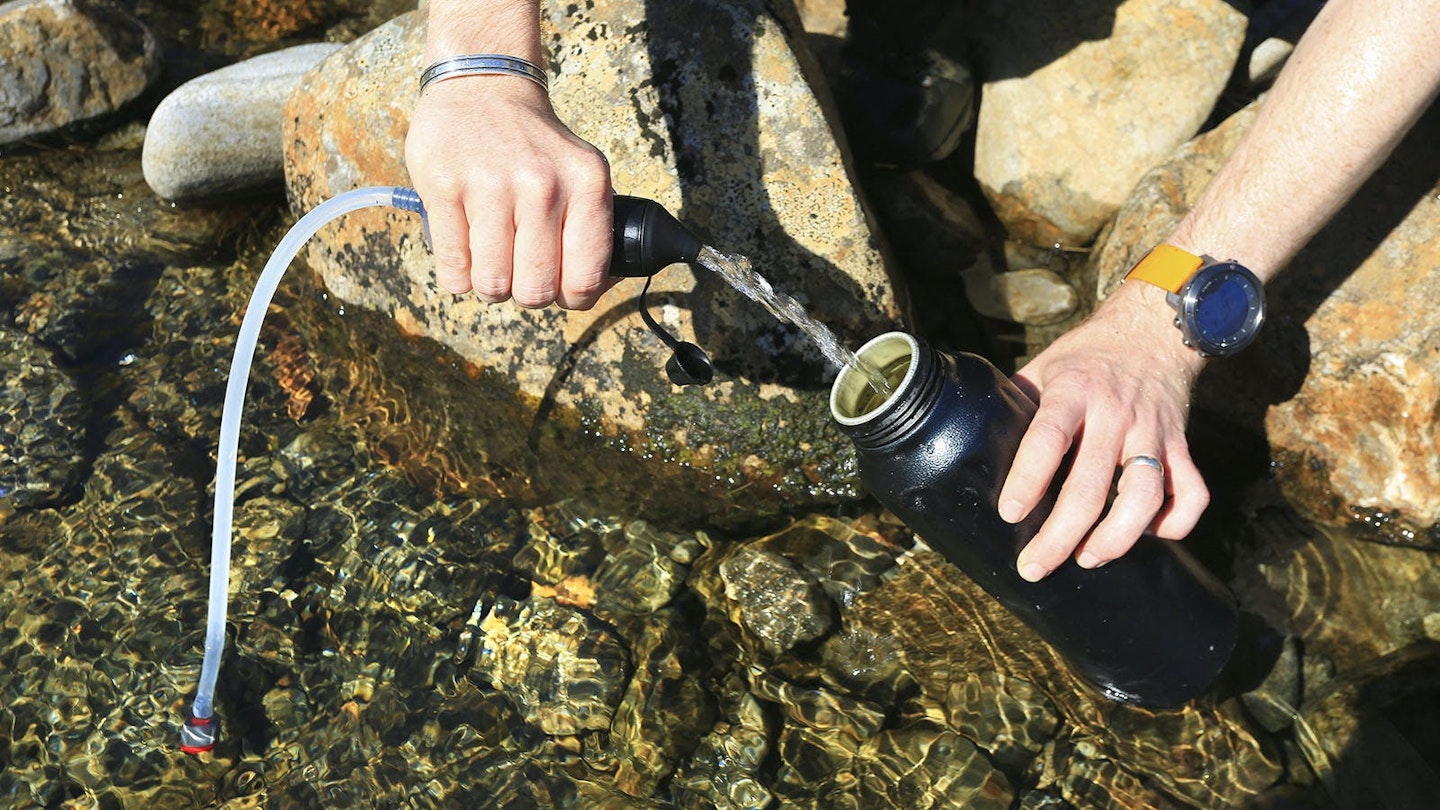
5. Go for the view
Bivvy bags are perfect for summit camps in calm weather. Make the most of your lightweight backpack and the freedom a bivvy offers to find a spectacular view (preferably from a mountaintop) that you can wake up to and savour.
6. Pick a flat, dry, sheltered spot
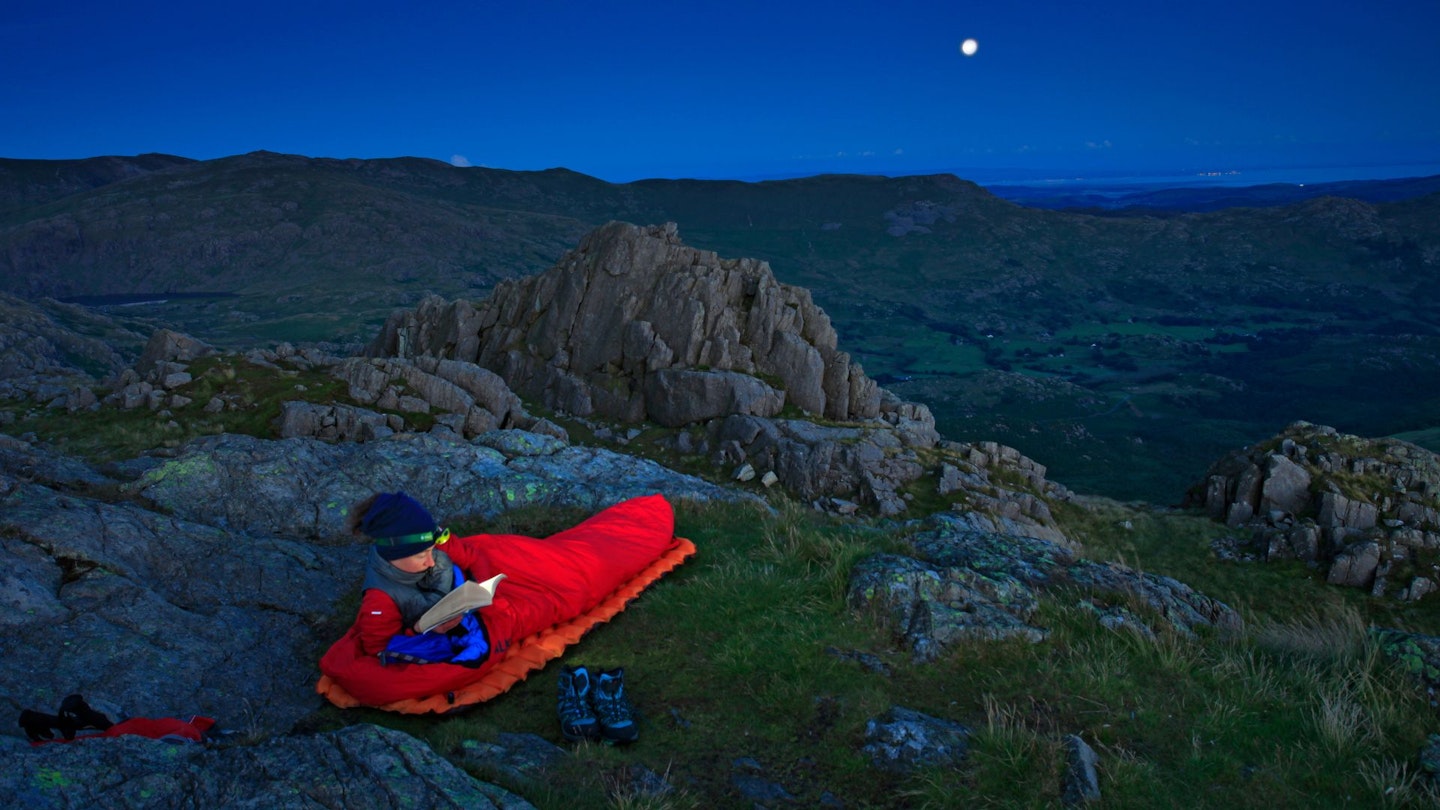
This is all the more important as you won’t get much protection from the elements. The beauty is that, without a tent to peg out, your spot can be very small – pretty much the size of your sleeping bag.
Make sure that wherever you pick, it's not in a natural depression on the ground where water can pool.
7. Place your mat under your bivvy
Placing your sleeping mat under your bivvy bag will create more space for your sleeping bag to loft and for you to wiggle around inside it during the night. If there are straps on the underside of your bivvy, slide the mat through them to keep it in place.
8. Pack a midge net
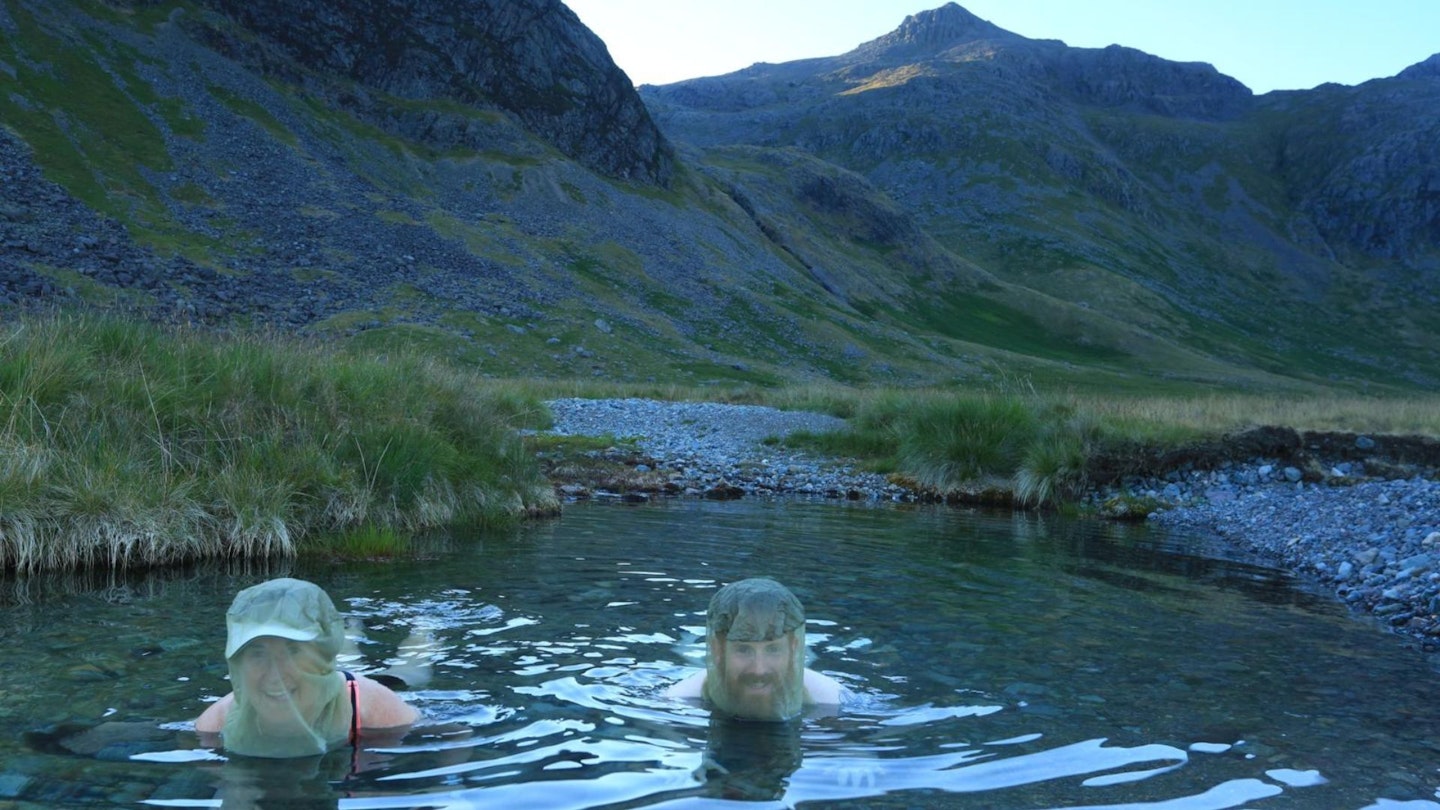
The worst way to be woken up at dawn is by having your face sucked by 20 biting insects. So unless your bivvy bag has an integrated one, invest in a cheap but decent midge net.
This is particularly vital if you're bivvying between May and September.
9. Use your pack as a pillow
Your hiking backpack can double as a pillow or support under your legs. This will give you extra insulation and can be surprisingly comfortable.
10. Keep your face exposed (if you can)

This is to prevent condensation building up inside your bivvy big and sleeping bag. If the inside of your bag does get a soaking, turn it inside out to air in the morning while you have breakfast.
Caring for your kit as you go along is a really important part of having a successful and clean camping trip. We talk more about this in our top tips for breaking camp article.
11. Protect your boots
Pack your hiking boots into a plastic bag or dry bag to prevent them getting wet during the nibht through rain or dew, and to stop wee beasties crawling inside.
12. Don't be afraid to abandon ship
We'll let you in on a little secret... sleeping in a bivvy bag is sometimes absolutely horrific. We can think of two very vivid experiences (one outside the Snowdon summit cafe, one on a sodden Peak District hill) when the rain came down so hard that its relentless drumming on the outside of the bivvy sounded like machine gun fire. We didn't sleep for a second on either night, and had to keep reminding ourselves we were actually there by choice.
In an ideal world, the sun will shine until the stars come out and you'll enjoy an overnight experience like the photo below. But if all hell breaks loose from the heavens above, no one will judge you for packing up and heading home. We can keep a secret if you can!

